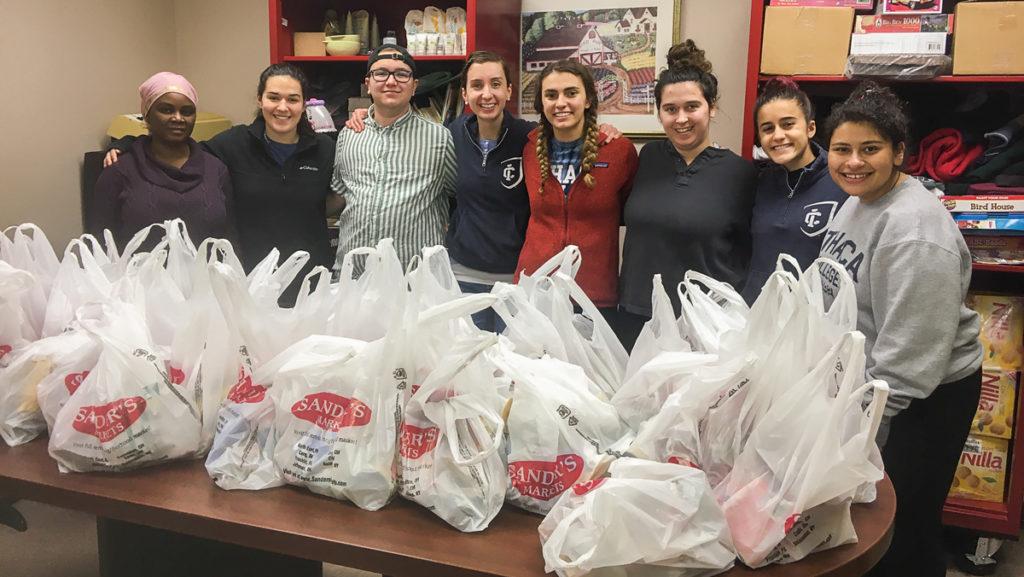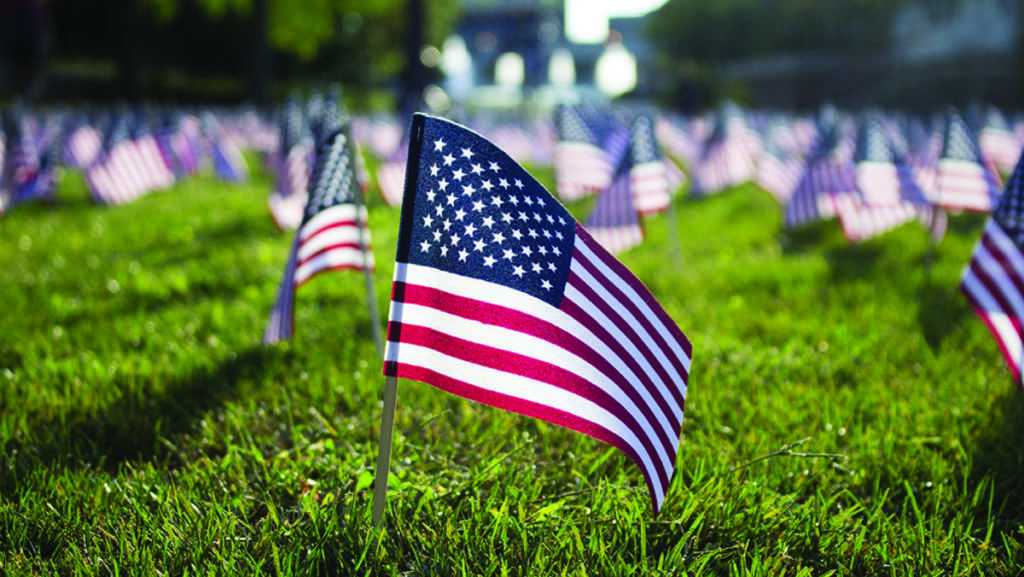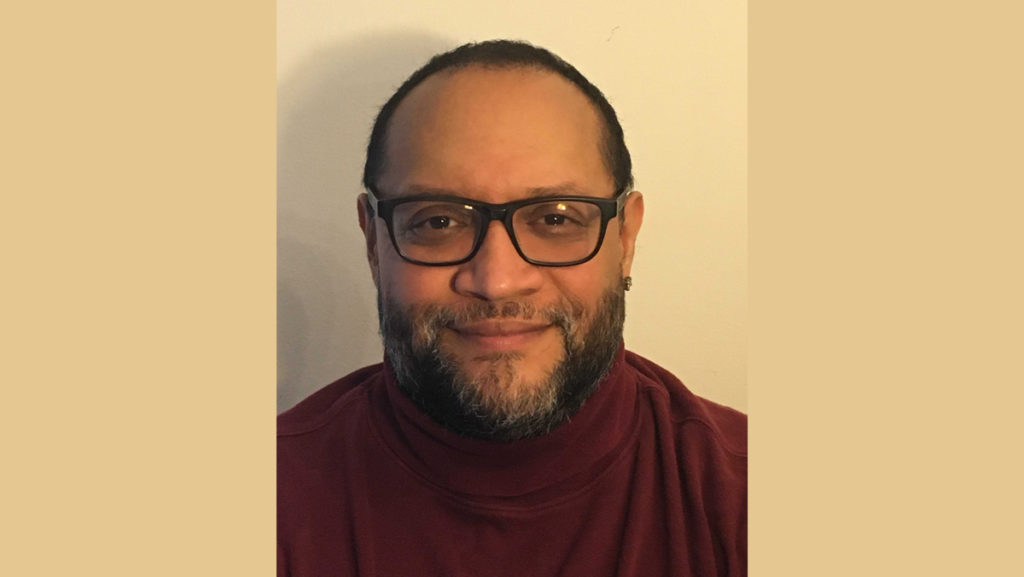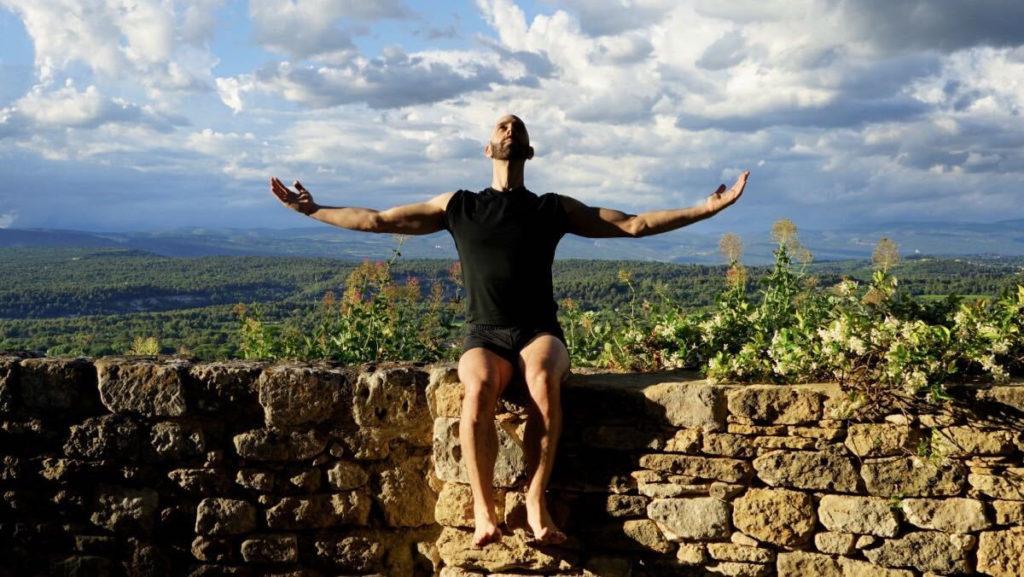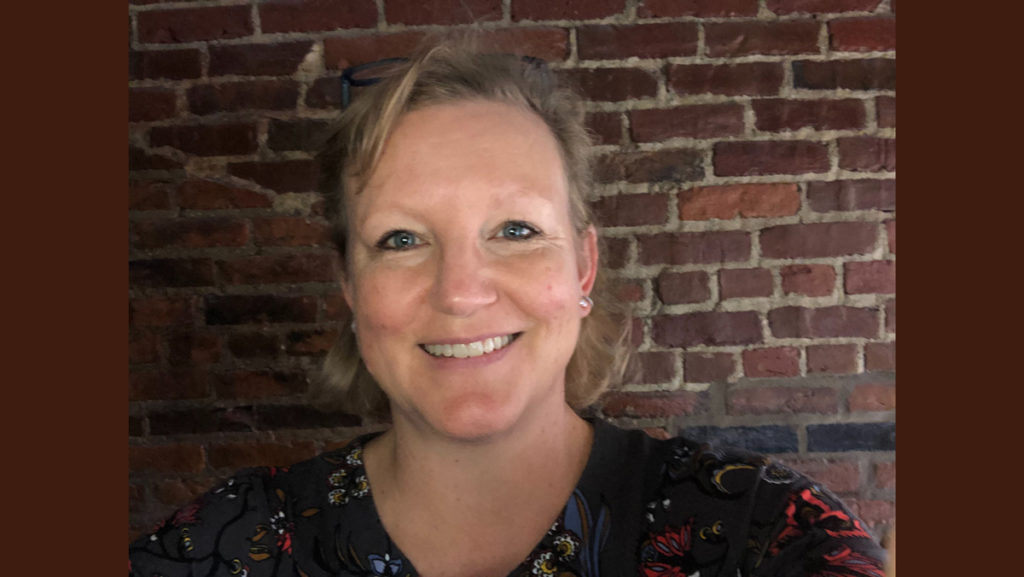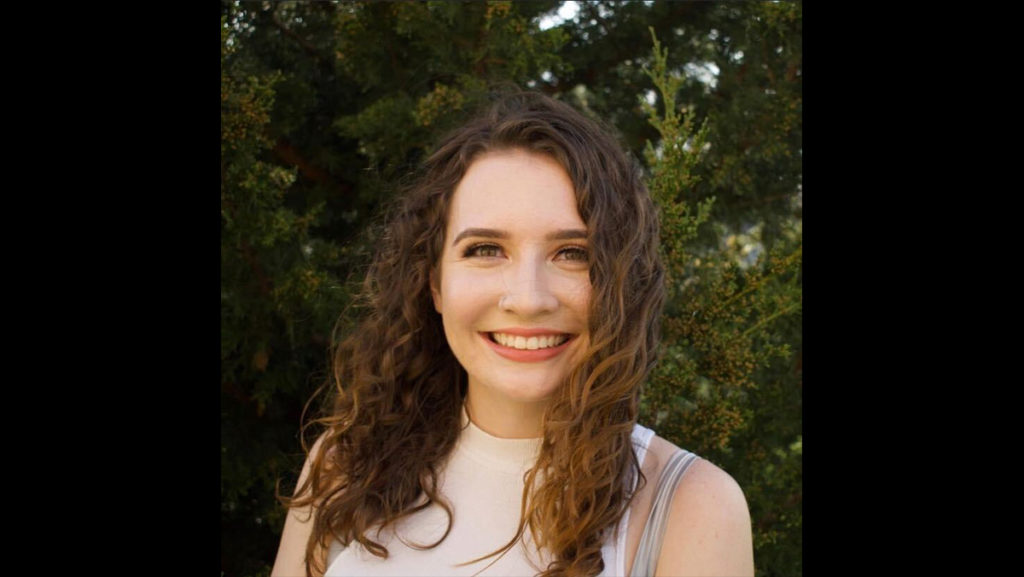In mid-November, Kari Brossard Stoos, associate professor in the Department of Health Promotion and Physical Education at Ithaca College, took a group of her students to the City of Salamanca, New York, to deliver health promotion lessons on the dangers of using Juul and vaping to children at the Salamanca Youth Center. The City of Salamanca is unique because it is one of the only U.S. cities located almost entirely within the Seneca Nation Territory.
Opinion editor Brontë Cook spoke with Brossard Stoos about the trip, her relationship with the Salamanca Youth Center and the importance of immersive learning.
This interview has been edited for length and clarity.
Brontë Cook: You recently took a group of students to spend two days educating the youth about health topics in the City of Salamanca. Can you tell me about that?
Kari Brossard Stoos: This year now marks the sixth year of a sustained relationship with my community partners in the City of Salamanca, New York. … I mentored eight IC students through a service-learning experience in public and community health with a focus on delivering health promotion lessons to children attending the City of Salamanca Youth Center drop-in programming. … Prior to the trip, the students spent class time learning an introduction about the history, culture and health statistics of the region. … Students learned and practiced a modified version of Lawrence Green’s Precede-Proceed model for working with community collaborators in designing health lessons based on community needs assessments. More simply, service-learning in public health is most successful when the community communicates their needs to those who are serving.
BC: What health topics did you and your students focus on teaching?
KBS: After much consultation with Sandi Brundage, the director of the Salamanca Youth Bureau, it was decided that the most concerning topic to focus on was vaping, specifically Juuling. Since the Youth Center provides drop-in services for children ages 5 to 18 years old, the IC students developed two lesson plans targeting two different audiences. Lessons delivered on the first day were geared towards children aged about 5 to 8 years old, and lessons delivered on day two were geared towards children of middle school and junior high age.
BC: What is your personal relationship to health education, and what inspired you to organize the trip?
KBS: During my first year at IC, Don Austin, assistant director in the Office for Student Engagement, offered me an opportunity to mentor students engaged in community service as part of an Alternative Spring Break (ASB) trip to Salamanca, New York. Since I am originally from western New York, I was very excited to give back to a community near my home. Many strong relationships were built during that first trip. … What began as an ASB trip evolved into a special topics service-learning course in public and community health. I have taken students to Salamanca now for about six years. … Salamanca is unique in that it is positioned within Seneca Nation Territory. Students learn how two separate governments and health systems operating within the same space work both separately and together to achieve health and wellness for all community members. … Students learn how specific events in history have contributed to current health outcomes for community members.
BC: Are there any specific moments from the trip that stand out to you?
KBS: Cattaraugus County is largely a rural area, and like Tompkins County, its public health department is considered one of the most innovative and progressive public health departments in New York state … as far as policy proposals, programming and initiatives are concerned. Because of this, I arranged for our students to have a meeting with Dr. Kevin Watkins, the public health director of Cattaraugus County. In this meeting, Dr. Watkins invited discussion to hear the students’ thoughts on marijuana policies in New York state. The students evaluated current policies, suggested changes and proposed plans for managing implementation. … They were grateful for the opportunity and felt that their thoughts were considered and valued.
BC: How did your students, and youth at the health center, respond to this learning experience?
KBS: We are still working through the learning process. … We need to complete our debriefing conversations. However, … students generally have a transformative experience. Most of the students in the class I taught in their first or second year at IC. For some, this was their first experience applying their learned skills in a rural community setting. It is always a significant moment for me to witness their growth and maturation in their discipline. … Previous students realized how much they learned leading up to the trip and then how much they need to continue to learn from their community constituents once they are employed. As said by one of our community collaborators, “If this is the future of public health, the future is looking very bright.” … The children at the Youth Center enjoyed the activities and were already well-informed about the health impacts associated with vaping. Our students supported and enhanced their current knowledge.
BC: Why do you think immersive experiences like this can be valuable?
KBS: Students can learn about health statistics and health outcomes in a classroom, but I think lessons tend to be more solidified when students are guided through a community to actually see the results of public health initiatives, … curb cutouts, new charging stations for scooters and a paved main walking trail, … and how these initiatives significantly alter health outcomes for individuals with disabilities and/or challenges with mobility. … Lessons about food insecurity, and understanding the ins and outs of developing initiatives to address it seem to have greater impact if students are engaged in packing snack bags for children while discussing these topics. … I think immersive experiences that are mentored serve to reinforce classroom learning, teach relationship building and transition students to the next level in which they will be engaged in internships and fieldwork experiences.


